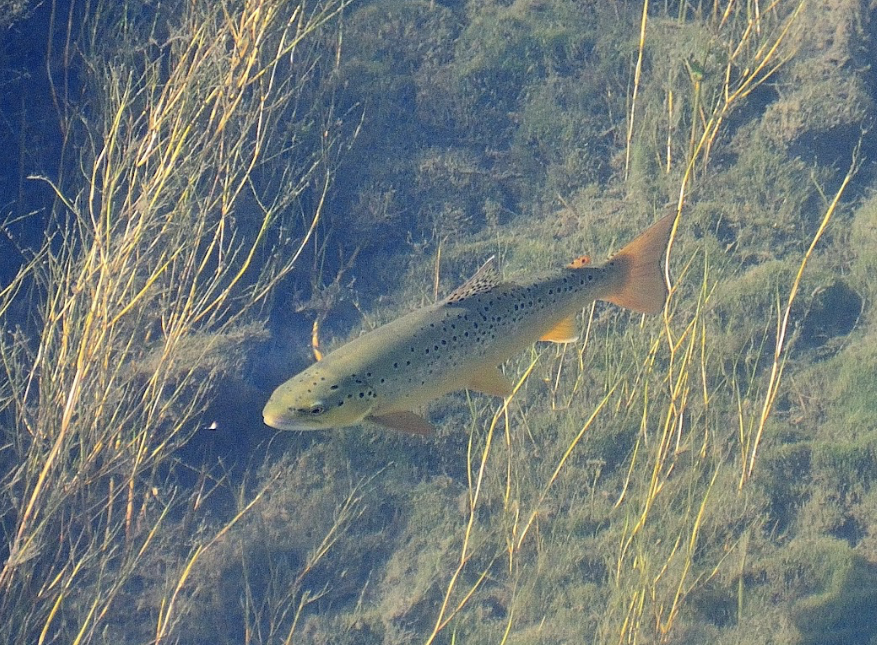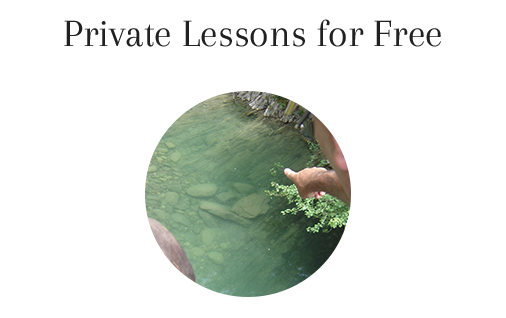5 Steps to get a Drag-free Drift on Your First Cast
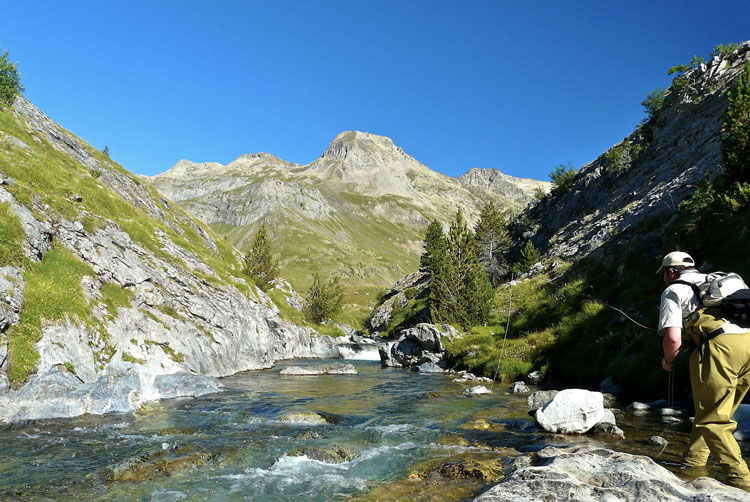
Fly fishing in technical waters requires strong casting fundamentals that often sound more complicated than they should be, causing you to spend more time overthinking than fishing.
By keeping things simple with these 5 tricks, we are sure that you will understand and improve your casting techniques to readily face picky wild trouts on your next fly fishing adventure.
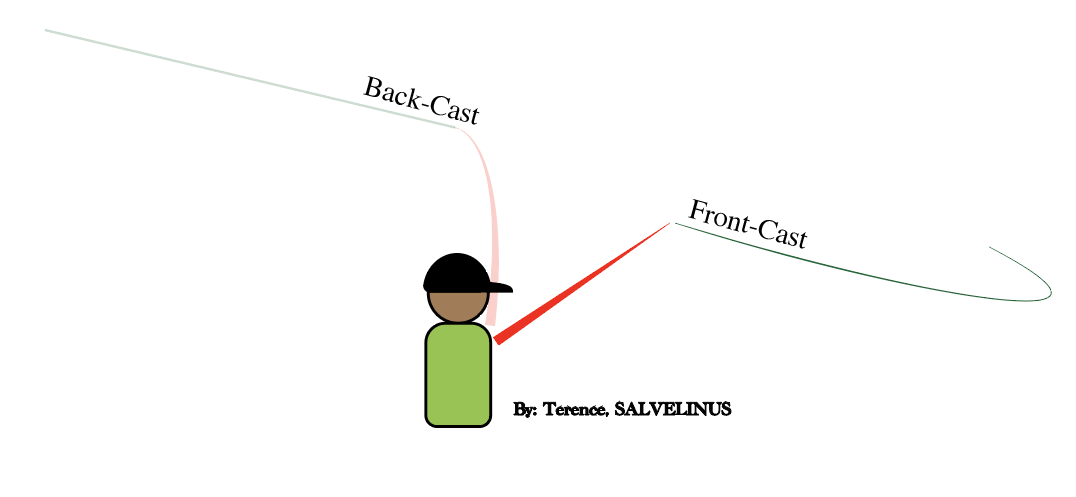
1. Cast Downward
Most of us are worried about the line splashing and spooking the fish while casting downwards. This is done by stopping the rod tip earlier in the back cast and further down in the front cast. The truth is that the downward trajectory generally helps to straighten the line/leader, to accurately «hit» targets within tight spaces, and to cut through light breezes that we encounter when fishing upstream more times than we wish. Yes, it might cause the unwanted splash, but consider this question: what is better? To cast downwards and fully extend the leader (while bearing the tiny risk of accidentally splashing water)? Or just making flat casts that never splash the water that seldom deliver the fly to the fish on the first cast? Casting downward is also a magnificent tool to cast dries from high positions like boats and fishing terrestrials, where intentional splashes actually increase success.
2. Use ONE plane
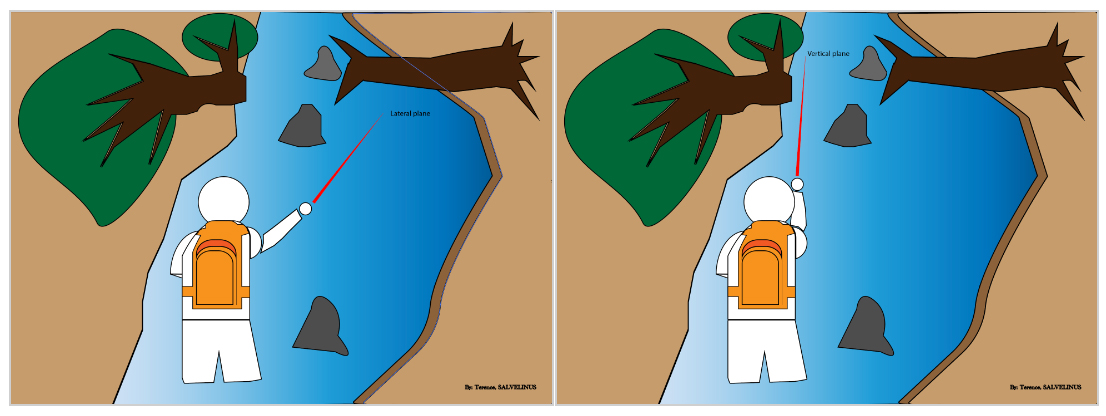
Since the fly generally follows your rod tip’s direction, picking and sticking to a single casting plane makes it easy for you to cast in a straight line with precision.
The vertical plane (90-degree) is the easiest to maintain. It is not the most comfortable plane but it is a consistent tool for getting accuracy, for straight casts, and of course, for avoiding problems when there are trees and bushes on one or both sides of the river.
Lateral planes (45, 30, 5-degree) are more comfortable but harder to maintain because there will be a natural tendency to deviate between multiple angles unless you are a robot. With practice however, this becomes a great tool for casting below undercut banks with practice.
3. Mend less
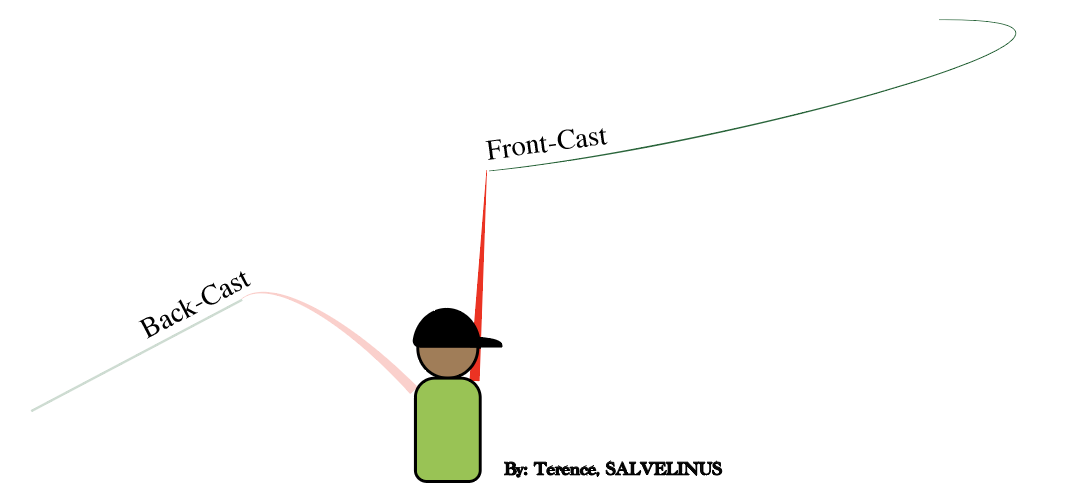
The reach/mend cast, the parachute cast, and the pile cast mend your fly line/ leader right before they touch the water, while providing valuable slack, especially where there are multiple flow-speeds / currents in the target area. If you don’t yet have the technique for these casts, use the upward trajectory slightly casting to the sky at your front cast, as a simple and effective way to generate a lack of slack in the fly line and leader.
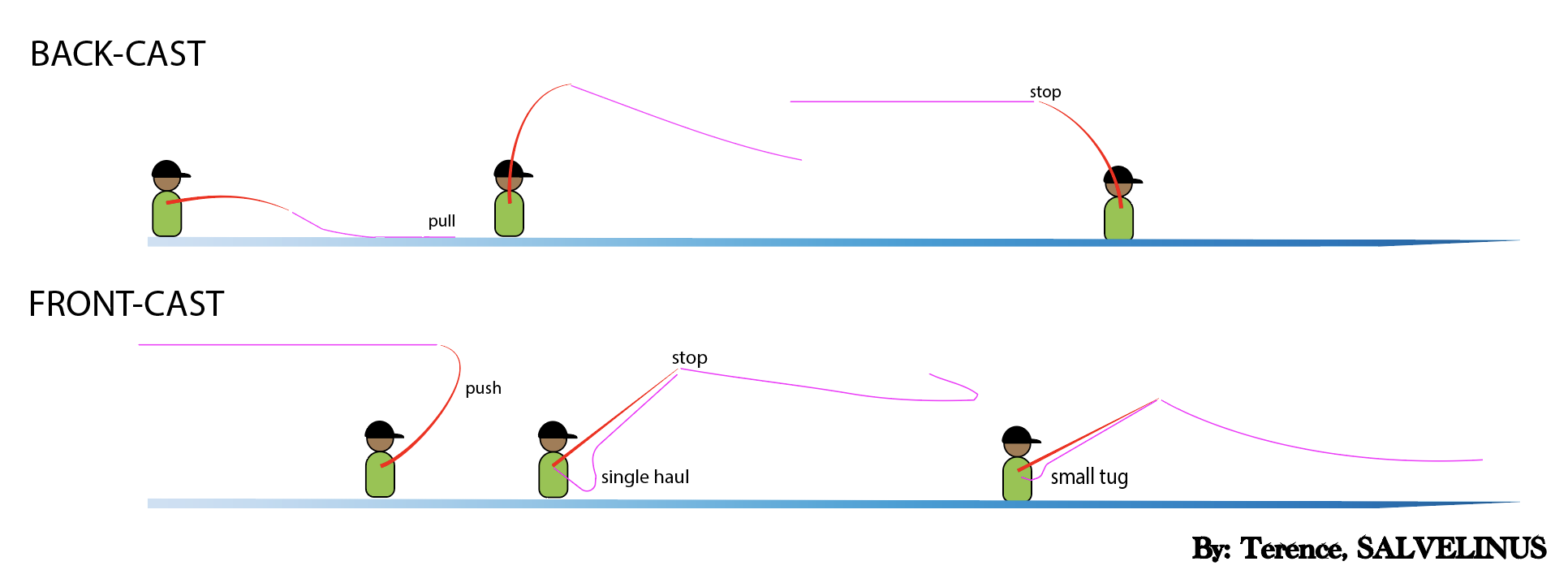
4. Pull, pull, PULL
Most people are taught to push, but by combining PUSH with a little bit of pull, you can generate extremely useful additional line speed
A simple way to start is to lower the elbow (the pull) at the start of your forward cast (the push); Let’s see if you notice a difference in your cast.
If you are not used to double hauling, a single haul on your last forward cast will provide additional speed that aids in extending leaders to reach the target
5. Shoot less line
Shooting as much extra line as you can on the last forward cast works in some places, but not for technical waters because the line and leader will fail to extend on the first try most times. Unless you have mastered total line control at all times, forget about shooting extra line that spook trout more often than not, and focus on presentation by finding out how you can get closer to deliver your fly right to your target on the first cast. If you do end up shooting line at the end of your forward cast, try to give the line a small tug with your non-casting hand right before all of it has been shot out. This will help the fly line, leader (even long ones), and fly roll out completely.
